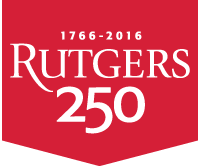
Video Conferencing
This page is available at
http://www.physics.rutgers.edu/computers/videoconferencing/
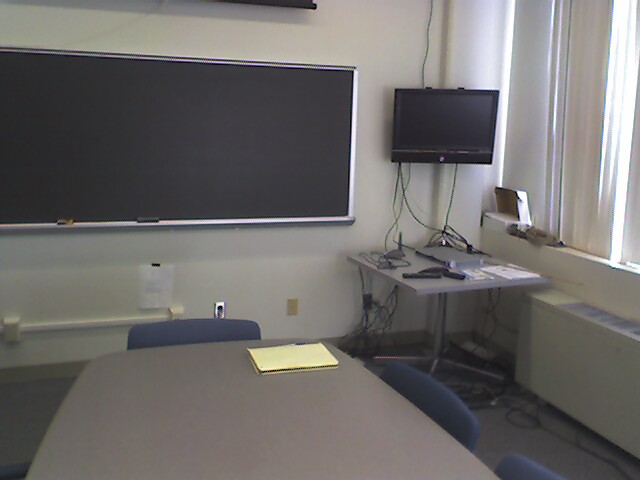 The Department of Physics and Astronomy in Piscataway N.J. has a new
videoconferencing system. The device can be used to conduct a meeting,
a thesis defense, or an impromptu discussion with a remote colleague.
The Department of Physics and Astronomy in Piscataway N.J. has a new
videoconferencing system. The device can be used to conduct a meeting,
a thesis defense, or an impromptu discussion with a remote colleague.
The system we have is a Polycom VSX 7000e. This unit is an internet videoconferencing system which uses the H.323 standard. When discussing the possibility of videoconferencing with colleagues, refer to our system as a Polycom H.323 system.
You should contact Fran DeLucia at fran@physics (5-4277) to reserve Room 112W for your meeting. The room also contains a whiteboard, an LCD projector, a telephone line, and internet wireless via the Physics LAWN system.
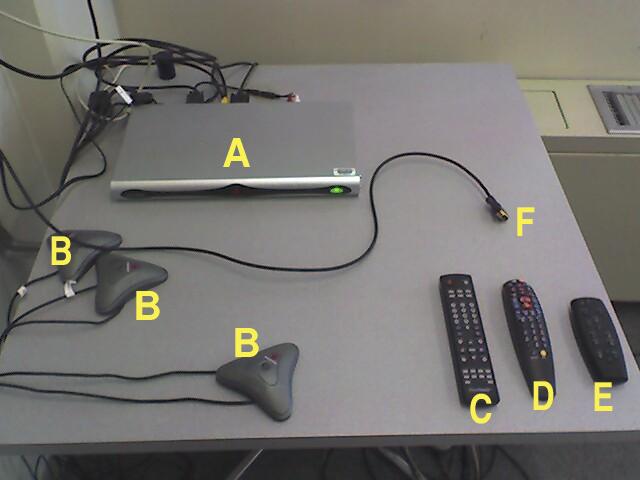 On the left are some of the items you will find on the table under the system's
LCD display panel.
On the left are some of the items you will find on the table under the system's
LCD display panel.
- (A) VSX 7000e
Note that purple is OFF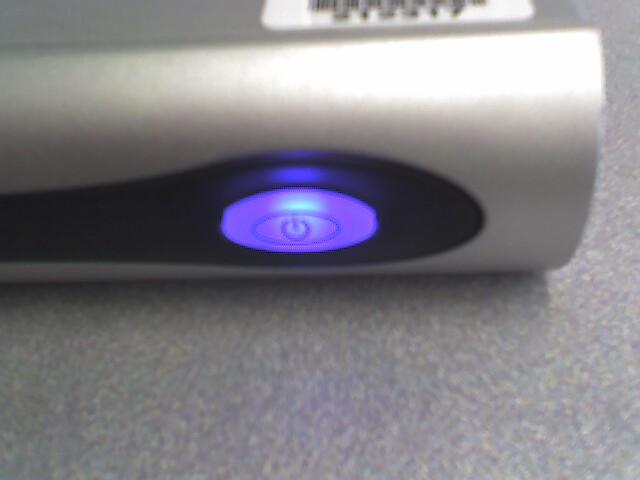 and green is ON
and green is ON 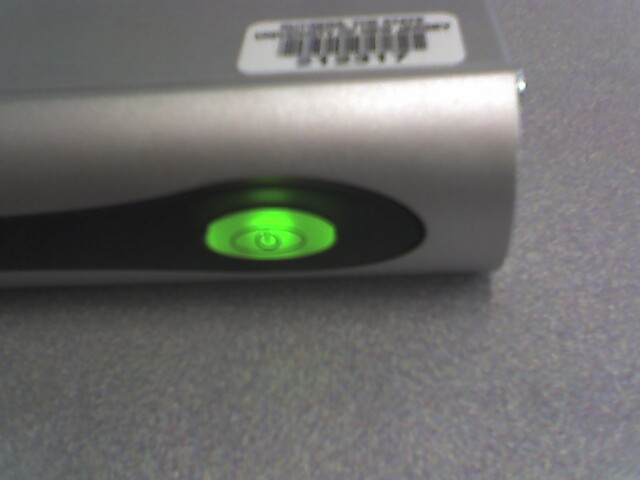 .
.
- (B) Remote microphones. Can be moved to the conference table.
Microphones are muted when light is RED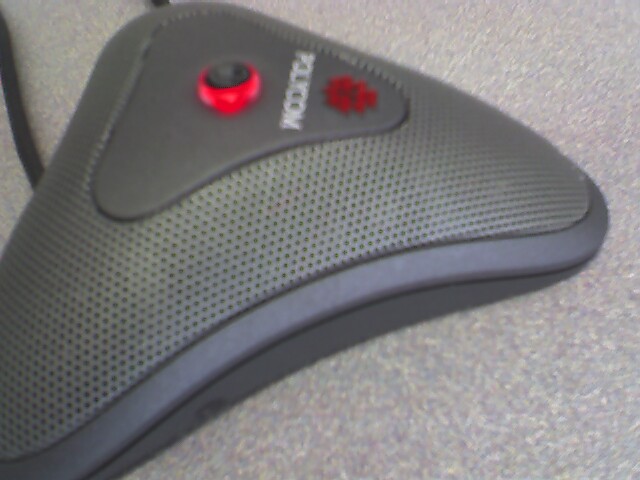
- (C) LCD monitor remote control
- (D) VSX 7000e remote control
- (E) LCD projector remote control
- (F) LCD projector VGA input (connect to laptop or Polycom unit)
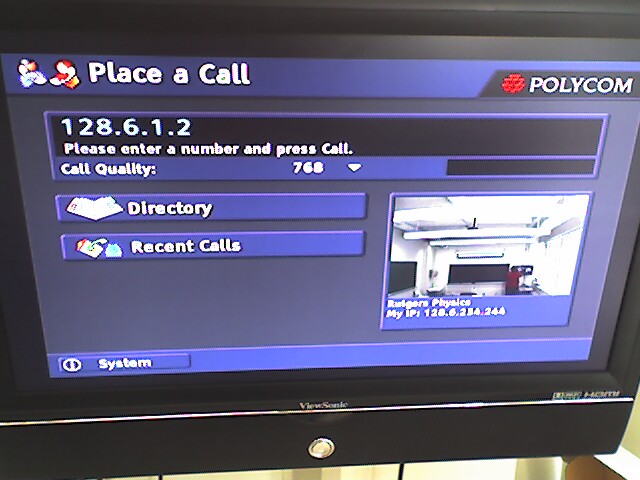 To start a connection, use the VSX 7000e remote to enter the remote system's
IP number. In this example, "128.6.1.2" has been entered. Then press
the CALL button on the remote.
To start a connection, use the VSX 7000e remote to enter the remote system's
IP number. In this example, "128.6.1.2" has been entered. Then press
the CALL button on the remote.
If our system is on, it will auto answer an incoming call. Just make sure the VSX unit and the monitor are on. Remote users should phone into physics-videoconf.rutgers.edu (128.6.234.244).
When you are done with your conversation, press the End Call button on the remote.
Meetings involving more than two sites
Like a phonecall, using this system with two participating sites is straightforward. Your video is shown on the remote screen, and vice versa. One system must make the call to the other unit's IP address.Having a third party involved means you will need to make use of a device known as a multipoint bridge. All participants call this device (some bridges call you) and then the bridge retransmits the audio and video back to everyone's H.323 system. These devices can usually be configured so that particular sites have priority or use split screen. Generally, the site with the loudest audio will be selected as the current speaker and retransmitted to everyone.
We don't have a bridge, but if you are joining large established meetings they may have arranged for a bridge for participants to use.
Other videoconferencing systems in the department
The HEX group has an older Polycom H.323 system in room 336W which is used almost daily for meetings. For help with this system, contact Bob Stone or John Doroshenko.There is a linux PC based VRVS system in 385E of the NHET Center. VRVS (Virtual Room Videoconferencing System) is a desktop Linux and MSWindows based system for videoconferencing. For help with this system, contact Richard Vaughn.
Microsoft Netmeeting is a free H.323 client, and will connect to our system, however it's use in multipoint meetings is usually discouraged because of nonexistent echo cancellation (using headphones should eliminate this issue). If you're running XP and have a Windows supported camera and sound card, you very likely can use netmeeting to easily make point to point connections.
NOTE to ESNET Bridge users: This system works like the HEX system in 336W. If you need help setting up a gatekeeper, please contact me. Using ESNET is restricted to business relating to a DOE funded project. Please see ESnet Acceptable Use Policy for restrictions.
If you need help, or are a first time user, email John Doroshenko at doroshenko@physics.rutgers.edu
Please send any comments on this page to doroshenko@physics.rutgers.edu.
Find more about:
Jump to:
| Undergraduate Courses |
| Graduate Courses |
| Events Newsletter |
| Outreach Activities |
| Observatory Nights |
| Alumni & Friends |
| Alumni Newsletter |
